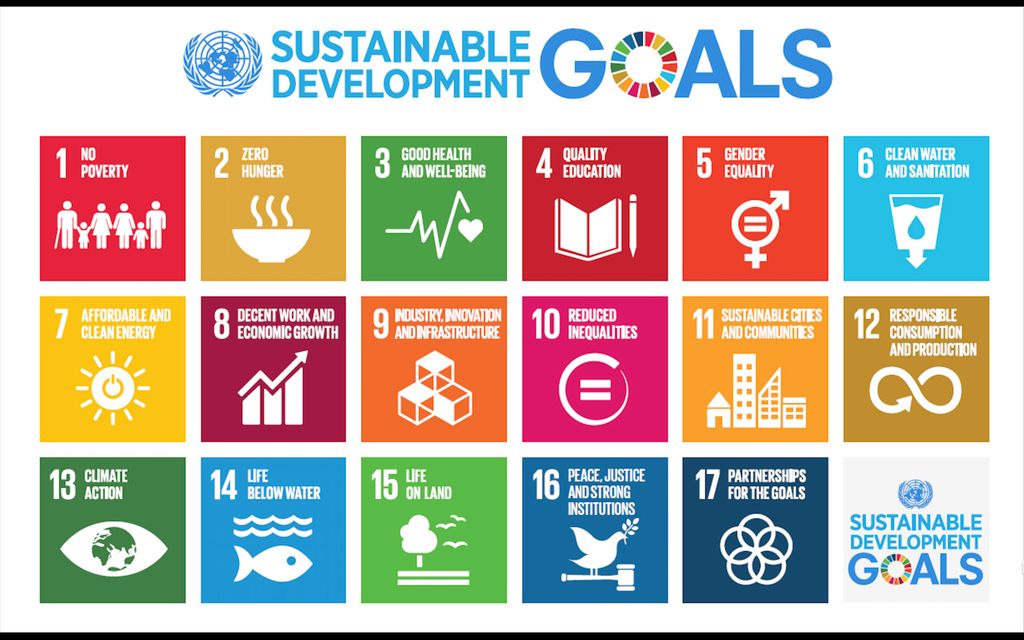Sustainable Development And The Agenda Of 2030!
Apr 06, 2019 • 213 views
Over the past two decades, the world has seen tremendous growth and development in science and technology, with a mushrooming of highly automated machines and sky high buildings. In order to meet the needs of the ever-increasing population, resources are being rapidly diminished everyday. The basic necessities of food and shelter for all, demands for agricultural spaces and construction of residential and commercial complexes whichaccounts for forest felling.
The question of uncontrolled development thus occupies the canonised space in the 21st Century. In response to this uncontrolled development, more than 193 countries accepted the 2030 Agenda for Sustainable Development and it's 17 Sustainable Development Goals (SDGs). The agreement was followed by an official acceptance of the 17 SDGs of the 2030 Agenda for Sustainable Development.
A complete knowledge of the 17 SDGs in the agenda of 2030, however, must be preceded by an insight into the term Sustainable Development.
What is Sustainable Development?
As defined by the World Commission on Environment and Development, " Sustainable Development is development that meets the needs of the present without compromising the ability of the future generations to meet their own needs." In other words, it is the sustenance of earth's natural resources or natural capital so that the future generations are not hampered of their needs.
Holistic and sustainable development has been in talks for a few years with a view of sustaining the natural beauty of the Goddess Gaia, removing from it the social ills. 17 SDGs thereby encompasses social changes, quality living, economic growth and development, peace , climate change, forest restoration, to count a few.

Courtesy- https://geolsoc.files.wordpress.com/2018/12/sustainable_development_goals.jpg
Below is the entire list of the Development Goals-
1. No Poverty
2. Zero Hunger
3. Good Health and Well-being
4. Quality Education
5. Gender Equality
6. Clean Water and Sanitation
7. Affordable and Clean Energy
8. Decent Work and Economic Growth
9. Industry, Innovation and Infrastructure
10. Reduced Inequality
11. Sustainable Cities and Communities
12. Responsible Consumption and Production
13. Climate Action
14. Life below Water
15. Life on Land
16. Peace, Justice and Strong Institutions
17. Partnerships to achieve the Goal
Zero Poverty by 2030 stands as the first goal of SDGs. Poverty is beyond the basic definition of lack of money. It's manifestations include hunger, malnutrition, lack of quality education and safe drinking water, and an overall substandard way of living; all of which are aimed at, in the SDGs. It is also important to note that sustainable development goes beyond the traditional views of environmental protection and climate change. Holistic and sustainable development aims at imparting a peaceful , prosperous world to the future generations. Thereby goals like Gender Equality, Reduced Inequalities are extremely significant. On bringing economic viewpoint on the forefront, affordable and clean energy; decent work and economic growth; industry, innovation and infrastructure, responsible production and consumption emerge as important goals under SDGs.
It is aimed under the agenda to eradicate the lands and waters of the toxic constituents for a healthy clean environment; so that the future is not densed in the black fog. The future needs to bloom in the beauty of nature rather than being deserted in the land of emptiness, disruption , futility and bleakness , being devoid of natural beauty.
Concluding the list are the goals of "peace, justice and strong institutions" and "partnership for the goals". Theyare extremely important goals as they speak of partnership between the countries.. Holding hands together, achieving the end of the marathon and upholding success with a simultaneous crossing of the ribbon of sustainability, is what the agenda of 2030 is all about.
